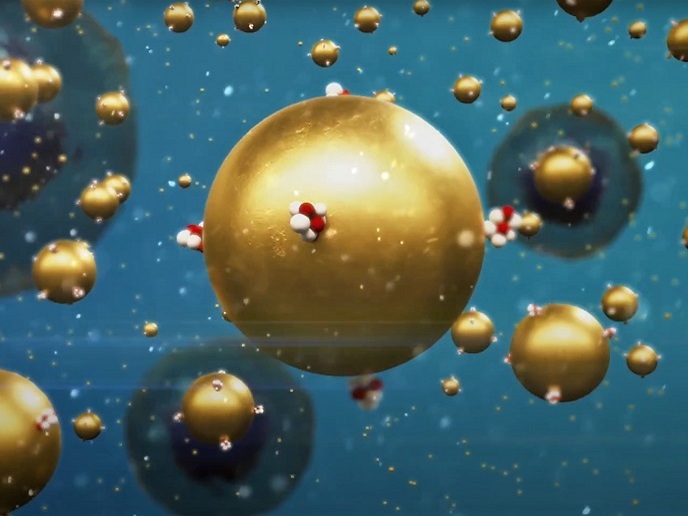Real-time imaging of transplanted cells for improved treatment
Cell therapy entails the administration of autologous or allogeneic cells, stem cells for regenerative purposes or differentiated cells such as immune cells for immunotherapy. Whichever the cell type or route of administration, there is no doubt that considerable progress has been made over the years. However, the function and fate of transplanted cells cannot be monitored. Rather, cell therapy outcome relies on the evaluation of pathophysiological measures. This also makes it hard to optimise cell therapy parameters for improved clinical outcome.
Labelling transplanted cells with gold nanoparticles
The EU-funded nTRACK project proposed a more direct approach for the real-time tracking of transplanted cells. Its key objective was to monitor the biodistribution and viability of cells in a safe, non-invasive and sensitive manner. Project coordinator Marc Masa explains: “The idea was to label transplanted cells with nanoparticles that would enable long-term in vivo tracking via clinical imaging.” Researchers developed two types of nanoparticles: gold-based nanoparticles and gold-shell, iron-core nanoparticles. The former was fully characterised in terms of toxicity and intracellular fate, and their production can be scaled up under good manufacturing practice conditions. The gold-shell, iron-core nanoparticles have been studied at preclinical stage. Investigation of the underlying cellular uptake and excretion mechanisms indicated that nTRACK nanoparticles accumulated in endosomes and lysosomes. In vivo studies demonstrated that nanoparticle-labelled cells were detectable up to 24 days after injection by computed tomography (CT) imaging. A proof-of-concept study employed nanoparticle-labelled stem cells to monitor their fate in real time in an animal model of muscle regeneration.
A predictive model for assessing treatment effectiveness
Analysis of the migration and biodistribution of injected stem cells also enabled the prediction of muscle injury recovery up to 14 days after stem cell therapy. Researchers integrated radiomics features extracted from CT preclinical data into a database that was used to train regression machine learning algorithms. The incorporation of gold nanoparticles within the tissue of interest sets new standards for the investigation of different parameters for multimodal imaging protocols. The consortium undertook extensive investigation to evaluate the concentration of gold and its impact in both imaging and dosimetry protocols. “Initially, mouse and rat computational models were used to standardise the methodology, validating our simulated results with experimental ones,” says Masa. “Then a 3D voxelised sheep model was created to extend these imaging and dosimetry simulations in larger animals.” To translate these protocols in the clinic, researchers incorporated anthropometric models that enabled them to determine the lower detection levels of gold nanoparticles.
Issues and prospects
nTRACK developed an unprecedented technology for stem cell imaging that requires a new regulatory framework and guidelines. The generated information may be a steppingstone for future investigations and further development of the nTRACK nanoparticles. The consortium will continue to work on the regulatory framework, aiming to further define this technology and make it accessible to any other research group in the field. The vision for the nTRACK technology is that it can be used in any type of stem cell or cell-based therapy, where cell imaging and tracking remains a challenge.
Keywords
nTRACK, imaging, transplanted cells, stem cell, cell therapy, gold nanoparticles, computed tomography, machine learning



